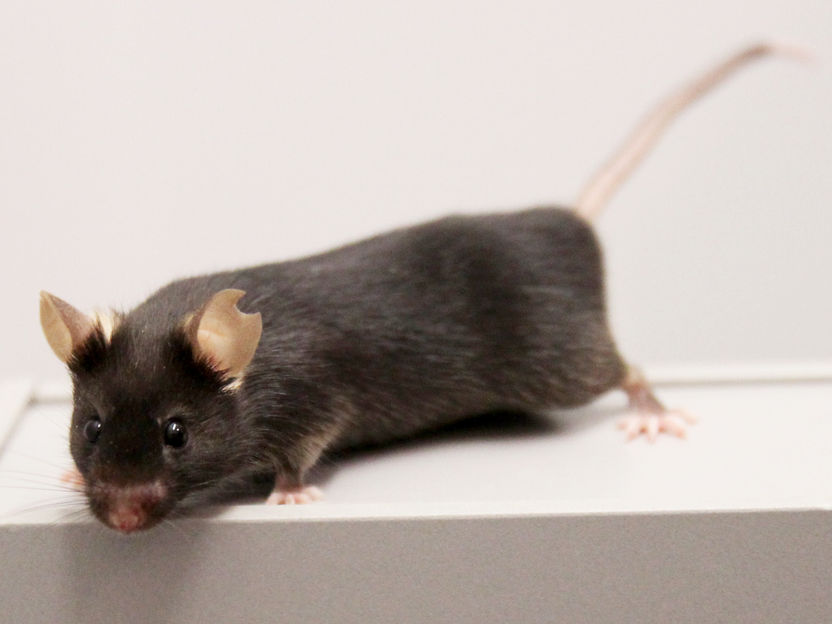Animal-based research: Scientists develop new experimental design for an improved reproducibility
The reproducibility and validity of studies involving animals is improved by carrying out smaller, independent ‘mini-experiments’
In research, the results of studies must be precise and reproducible. For this reason, researchers carried out experiments under strictly standardized laboratory conditions. However, despite the high standards applied, results from individual studies cannot always be reproduced in practice. Especially in cases in which animals are used for research purposes and the original study cannot be repeated, this raises severe ethical questions. For a long time now, researchers have been debating this aspect under the heading “reproducibility crisis”. Behavioural scientists at the University of Münster have now been able to demonstrate that a new experimental design can improve the reproducibility and validity of results from studies involving animal experiments.

The behavioural biologists tested their newly developed experimental design on mice.
© WWU - Abteilung für Verhaltensbiologie
Methodology
What animal scientists usually understand by “standardized experimental conditions” is that for example all the animals are tested on the same day in spring, at the same time and by the same person. Just taking a different season or time, however, can lead to different findings. Nowadays, there are debates more and more often as to whether the very strict standardization might not actually be the cause of numerous non-reproducible results. This is where the empirical study carried out by the Münster researchers comes in.
Instead of testing all the animals used in an experiment under strictly standardized conditions and at one point in time, the researchers split up the one big experiment into smaller, individual ones – so-called ‘mini-experiments’. As a result, there were slight differences between ‘mini-experiments’ in laboratory-specific ambient conditions such as noise level or temperature. “It’s important that the biological variation found in real life is reflected in the lab,” explains Vanessa von Kortzfleisch, a PhD student with Prof. Helene Richter at the Institute of Neuro- and Behavioural Biology at Münster University and first author of the study. “We were able to demonstrate,” she adds, “that changing the design of the experiment slightly has enormous consequences for the knowledge gained.”
The new experimental design was tried out on mice from different breeding lines, with several weeks between each ‘mini-experiment’. In order to evaluate the reproducibility of the results in both experimental designs, the researchers repeated the same behavioural experiment four times in each design. “The results from the mini-experiment design turned out to be better reproducible than the results from the conventionally used standardized design,” says Vanessa von Kortzfleisch.
Improving study designs is one important step towards better reproducible experiments in animal-based research. Although many animal experiments are still indispensable, there is agreement on limiting them to the minimum necessary, with guidance being provided by the “3R concept”: replacement, reduction and refinement. The newly developed experimental design is not only easy to implement in research work, it also makes a significant contribution to the refinement and reduction of such experiments.
Original publication
Other news from the department science

Get the analytics and lab tech industry in your inbox
By submitting this form you agree that LUMITOS AG will send you the newsletter(s) selected above by email. Your data will not be passed on to third parties. Your data will be stored and processed in accordance with our data protection regulations. LUMITOS may contact you by email for the purpose of advertising or market and opinion surveys. You can revoke your consent at any time without giving reasons to LUMITOS AG, Ernst-Augustin-Str. 2, 12489 Berlin, Germany or by e-mail at revoke@lumitos.com with effect for the future. In addition, each email contains a link to unsubscribe from the corresponding newsletter.






















































